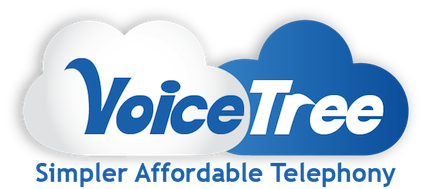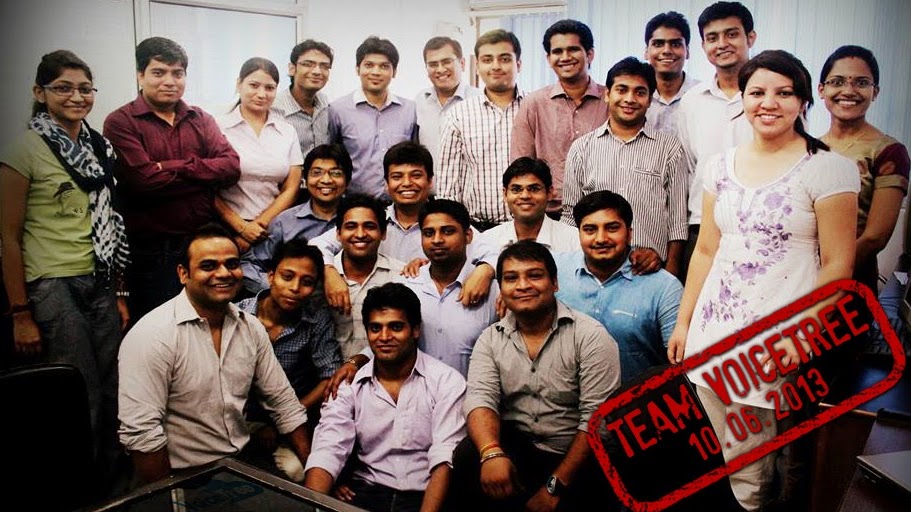Industry discussion on response to Consultation Papers by TRAI on Voice Mail/Audiotex/Unified Messaging Services Licence
TRAI floated a consultation paper to review the license of Voice Mail/Audiotex/Unified Messaging Services. The consultation paper throws light along with an in-depth analysis of various issues involved.
Many call these companies as Cloud telephony companies. Cloud telephony is a wider terms. Plus its creates confusion on switching happening from cloud. This can be problematic for a dialog with TRAI or DOT. Hence, We have called them as Value Added Service Providers. This argument is justified in this discussion below.
For iSPIRT this sector is important as
- Most of these companies have a Software product at the core developed by them
- They are mostly startups and
- There is enough scope in this sector for more innovation to happen.
iSPIRT conducted a discussion on important issues of this segment of the Industry. The discussion was to touch on important aspects of the consultation papers of TRAI. The discussion is organized in 4 parts as follows:
- License issues
- License v/s no license, separate licenses Technology and license mapping
- Entry Fees, Revenue Share, License Period
- Issues like conferencing, dial out, point-to-point conferencing
- Unified License – how to tackle this
- Focus on innovation, Startups, Ease of Business (compliance)
Following people from Industry joined the Discussion:
- Ambarish Gupta, Sandeep Upadhyay and Sriram from Knowlarity
- Gurumurthy Konduri from Ozonetel
- Shivakumar Ganesan – Exotel
- Anik Jain – Myoperator
- Ujwal Makhija – Phonon
Those interested can watch the video embedded here. Also the text below the video describes the common points and agreements of the essence of the discussion.
License issues
There are several questions asked in consultation paper on, What kind of licensing is required for various services. (Q1 to Q8)
At iSPIRT we feel most of these providers fall under one category. And they all should get recognition under one category name. This will include all, those who provide Voice mail, Audiotex, Audio Conferencing service etc. They can focus on one set of service or the entire suit of services.
Nomenclature – Call them Value Added Service providers
Cloud Telephony means a telephony service provided from cloud hosted infrastructure. simple reason that the service offered from cloud. Present policy regime of India calls them content providers. Now this may be difficult to digest for remaining IT industry. This include provider licensed under the Voice Mail/Audiotex/Unified Messaging Services License.
Application service provider (ASP) and Communication application service provider (CaaS) are other nomenclatuers ascribed.
These providers are not supposed to carry telecom traffic or provide switching of telephony. In essence these providers are “Value Added Service” (VAS) providers. These value added services can range from be voice mail box, an IVR, a virtual PABX, a virtual call center to analytics based services. There can be lot of innovative ways to deliver services. The VAS operator charges for their value added part. The VAS operator does not have its own network but relies on network resources of the Telcos for the basic or mobile telephony.
Weather a license or a simple Registration process
Everyone in the panel agreed that licensing cumbersome and costly. There is no need for a license and that there should be a simplified registration process.
The registration should be under one category e.g. Value Added Service Providers. This can cover all Voicemail, Audiotex along with Audio conferencing and the Unified messaging.
The registration helps DOT to keep track of fair use of the policy, with complete neutrality and level playing field. DOT can keep watch the registered VAS providers through a simple compliance process.
License issues – Entry Fees, Revenue Share, License Period
There was common agreement in the discussion on fees and charges. Presently there is a bank guarantee of 3 lakhs for Voice Mail/Audiotex licenses. A policy to either keep it at same level or evolve to simplify further is welcome.
License/registration period of 10 or 20 years are good enough.
Issues like conferencing, dial out, point-to-point conferencing
The consultation paper deals at length these issues. For the industry they are of high importance as most confusions arise from them. Often the threats of inspection and service disruption from TERM cell arise from these provisions. There is always a doubt that the VAS operator may be involved in routing call traffic for business motives or running a switching service clandestinely.
In such a dubious doubtful environment this budding segment of Industry cannot grow. The VAS operators addes lot of value to both their suppliers and clients. The customer pays for the value they add not for the telephone calls. For suppliers (Telcos), the VAS operator is a bulk service customer
The common agreement was that this area needs a serious look from TRAI and DOT.
When industry is complying with all required prohibited clauses of the policy such as
- No VOPI integration
- No toll bypass
- No number masking
When the Call deail record (CDR) are all tapped in the Telco’s network;
AND
When there are further detail logs and records that are avaialable from VAS provider;
there does not arise a chance of
- Security breach by VAS operators and
- Revenue loss to Telcos
The revenue of Telcos increase happen to increase even when they VAS providers buy from Telcos at a discounted rate. VAS operators increase the size of Pie.
In view of above, the common agreement in the discussion was that
- There should be clarity on conferencing, bridging call out provisions
- There is nothing like point to point conferencing
- The policy should allow VAS operators to use telecom resources from multiple operators. The limiting principle should be dial out to same operator from where incoming call comes. Multiple operators are the need for reliability or redundancy.
OSP like provisions or OSP should be allowed for VAS providers?
There was an opinion on OSP being allowed to VAS operators. This will give them more flexibility to operate and grow their presence. The opinion attempts to justify the OSP based on analogy of large Captive call center operators allowed OSP with network spanning country wide with a central logic running.
iSPIRT’s opinion is that this may create conflict with other areas of policy under TRAI and also face sever resistance. It is advisable to take up this issue in a phased manner. May be first limiting OSP to one telecom circle at a time. Plus it advisable to approach it, after due consultative interactions with TRAI and DOT.
Unified License – how to tackle this
There are number of questions on Telcos operating under unified license to offer VAS. The questions also point to inclusion of “Voice Mail/Audiotex/Unified Messaging Services” in unified license.
The common opinion that emerges out from discussion is that the Value Added Services is a different ball game. The market should be free for all. Eventually there is a unique Software Product existing behind these services. The quality of service is highly dependent on this core product.
There does not seem to be any apposition to Unified license getting extended to the value added service suit.
Focus on innovation, Startups, Ease of Business (compliance)
This fourth part got truncated from the recording, perhaps for time limit getting crossed unnoticeably.
For benefit of the community. A very short discussion on how this small industry could further be boosted by perhaps giving more access to domestic market through promotional policy measures.
Certainly there is agreement that there is lot of scope to innovate and do more within this segment of the Industry.
The discussion ended by a Thank you note.



